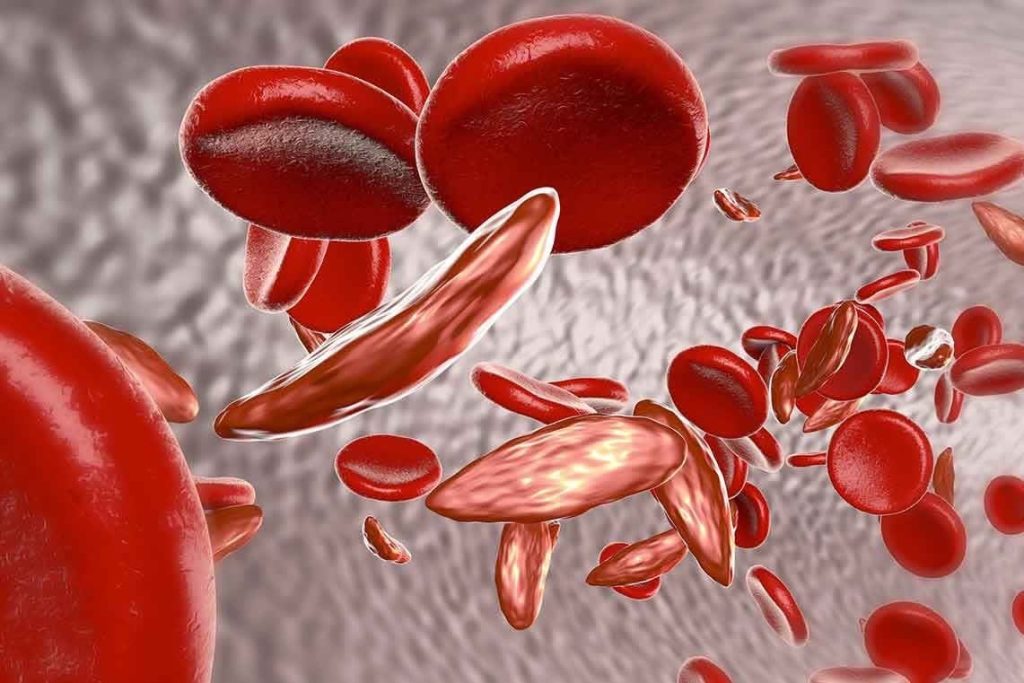Raise awareness about World Thalassemia Day
Thalassemia is considered as one of the rare genetic diseases that there are number of people in the society are dealing with the problems of this disease every day. This disease is so important in the world that May 8, is named as World Thalassemia Day. If you have no information about this disease, we suggest you stay with us in this content.
What is thalassemia?
Thalassemia is known as one of the relatively common genetic blood diseases. This blood disease is a part of hereditary diseases where the amount and efficiency of hemoglobin (Hb) in a person’s blood is lower than normal levels, and mostly a person is suffering from anemia condition, which can be a warning sign for him to be suffering from thalassemia. Thalassemia itself has two different types, which we will talk about in the next section.
Inside the red blood cells there is a molecule called hemoglobin, heme is the main agent of iron transport, whose task is to transfer oxygen. There are four globin polypeptide chains surround the heme, which are damaged in thalassemia disease. If a small number of these chains are disturbed, thalassemia minor occurs, but if more of these chains are disturbed, the severe disease of thalassemia major occurs, the symptoms of which appear from 6 to 7 months of age.

• Alpha thalassemia
Four genes play a central role in making the alpha hemoglobin chain. A person inherits two of the four alpha genes from his father and the other two from his mother. If one of these genes has a mutation, the person will have alpha thalassemia. In order to understand the severity of the disease, it is necessary to check how many genes in the body are disturbed. Examining this issue, 3 situations arise.
In the first case, if a person has only 1 mutated gene, he will not have any of the symptoms of thalassemia; But this does not mean that he is not a carrier of the disease to the next generation. If there are 2 mutated genes in a person’s body, you should expect that the symptoms of thalassemia will be very mild. When the number of mutated genes reaches 3, the symptoms of this disease will be moderate and upward. A person who has 3 mutated genes has severe anemia and needs frequent blood transfusions. In medical terms, this disease is also called hemoglobin H.
• Beta thalassemia
Two genes are involved in the production of hemoglobin beta chain. Again, a person inherits one of these genes from the mother and the other from the father. The severity of the disease also depends on the number of gene mutations. If only one of the genes has a mutation, the symptoms of thalassemia disease appear very mild. If both genes are mutated, you should expect the symptoms of beta thalassemia to be very severe. Most of the babies whose parents have beta thalassemia have no problems at birth, but after they reach the age of 2 years, they must be given regular blood transfusions; Because they have severe anemia.
What are the causes and symptoms of thalassemia?
One of the most frequent questions that arise for patients with this blood disease is what is the cause of thalassemia. As we mentioned in the previous section, thalassemia is one of the hereditary blood diseases. If one of the child’s parents has a mutated gene, the child will have alpha or beta thalassemia.
Since thalassemia has two different types, the symptoms that appear in each person’s body may be different from another person depending on the severity of the disease. However, there are some symptoms that are universal and appear in most patients with this disease.
• Excessive and abnormal fatigue and weakness.
• The color of the skin will be yellow or pale.
• The color of urine becomes dark.
• The abdomen will be swollen.
• The facial bones will be misshapen.
• Growth in a person’s body may or may not be as it should be.
History of world Thalassemia Day
Since this disease is one of the blood and hereditary diseases, education and information plays one of the most important central roles in controlling this disease. One of the important points that should be mentioned is that this disease has no cure and can only be controlled. Due to the lifelong nature of thalassemia, a person has to pay heavy and exorbitant costs to control his disease. The World Thalassemia Federation officially announced in 1994 that every year May 8th is World Thalassemia Day in order to attract social support to the sufferers of this disease.

Laboratory diagnosis of thalassemia
There are diagnostic lab tests that a person can use to find out if he/she has thalassemia or not. Diagnosis of thalassemia disease is possible with CBC test (simple blood cell count test) as well as hemoglobin electrophoresis or specialized cytogenetic tests for genetic investigation of suspected thalassemia patients.
The Payvand Clinical and Specialty laboratory, as the most reliable diagnostic center for malignancy and blood problems in the country, with modern equipment and relying on the world’s latest knowledge, is ready to provide accurate and fast specialized diagnostic laboratory services for patients.
We suggest that if one of your close relatives is suffering from this disease, you should initially consult with your GP and take the relevant tests to diagnose thalassemia at the earliest time.

A final word
In this article, we talked about World Thalassemia Day and also the purpose of such a day. Considering that World Thalassemia Day 2023 is near, many useful and practical training are available to the public in various social and public media. If you have the slightest symptoms of this disease, you need to see a doctor and get tested to make sure of your health. If you are suffering from this disease, you should start your treatment process very early so that you can somehow control the disease and manage it properly to prevent its progress. We hope you enjoy reading this article.


